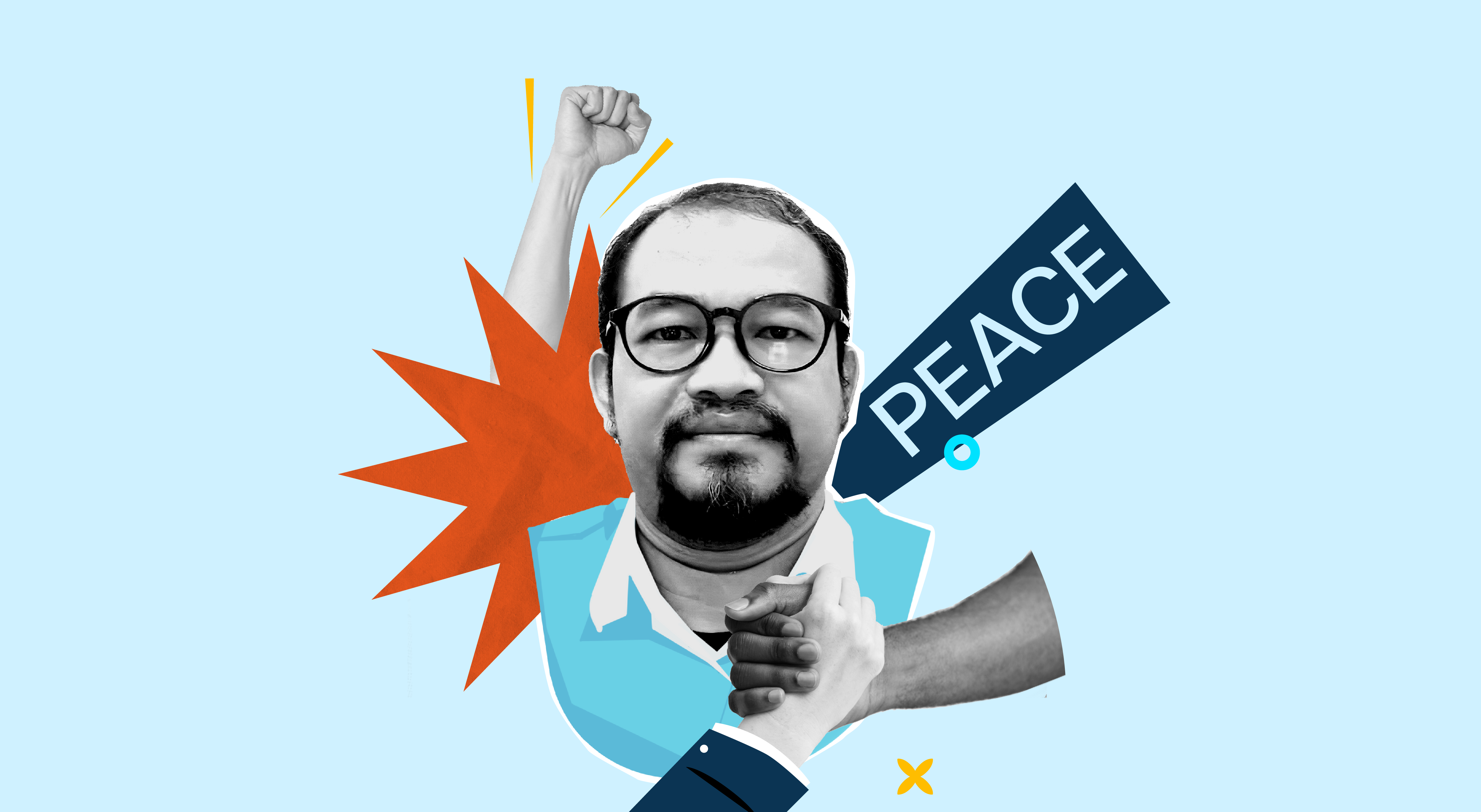Knowing the drivers behind radicalisation can be difficult if we don’t put ourselves in the field. Therefore, we interviewed Taufik Andrie, Executive Director of the Institute for International Peace Building, also known as Yayasan Prasasti Perdamaian (YPP), to learn more about it.
YPP has been operating for 13 years, working on CVE issues by interacting with former and current terrorist convicts and women and children’s affairs in in the area of of disengagement from violent extremism. This year, they are working on deportants and returnees from radical groups abroad in cooperation with Indonesian Ministry of Law and Human Rights in the Surakarta area of Central Java under the National Action Plan for CVE (RAN-PE) scheme. In addition, YPP also focuses on women and children’s affairs and their disengagement from violent extremism.
On the subject of drivers behind radicalisation, Andrie explains that in the context of women and children, he found several pull factors on the field such as identity issues, masculinity issues, and adrenaline rush. Furthermore, they are pushed by peer group pressure related to interaction with relatives or their environment that are rooted in radical ideology.
These factors however, according to Andrie, are different in each case. We found, in the case of women, factors such as fighting for equal chance, the feeling of obligation to their spouse, or simply being influenced by false deeds like the case with ISIS. In the case of juveniles he found that role-playing strategy, and battle royale games could also influence them in participating in violent activities.
“I think these factors are interrelated and complex; sometimes, individuals can have more than two factors influencing their behaviors. However, the interesting thing is that these studies can be understood through identifying multilayers of push and pull factors. Some might be strong in ideology, while others are less strong,” added Andrie.
Then, what can we, as a society, do to help in tertiary and secondary intervention sectors? “I believe in the theory that ideology cannot be killed; it is difficult. However, we can instead ‘channel their energy’ or occupy them with other activities that can help them strive and disengage from violent activities,” said Andrie.
He believes that creative content, social entrepreneurship, or community-based correction could help disengage individuals from violent actions. That is why he believes intensive communication is necessary, especially in the case of juveniles in or outside correctional facilities. “Our job is to be good listeners, help them communicate with their parents, be their friends, get them to learn new things, or even help them pursue higher studies.”
In the last question, we asked him how to increase social awareness about CVE. He believes that society needs to be continuously forced to know and participate in every step. “Let’s say they have the genes or characteristics of radical groups; we need to respond to them, not squeeze them out. That is why society holds a vital role; they socially interact and have the space to create community-based programs for these radicalised individuals. Because we cannot deny that after they go through law enforcement processes, they will return to us, the society,” he concluded.

